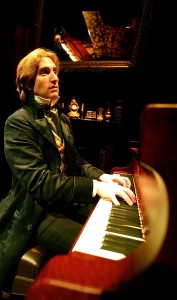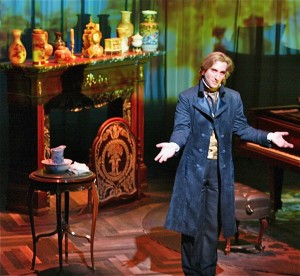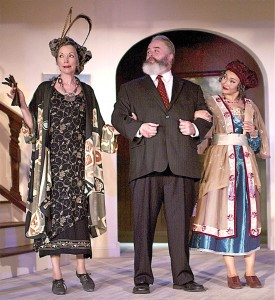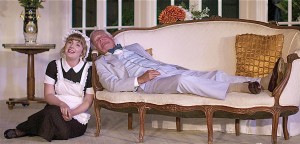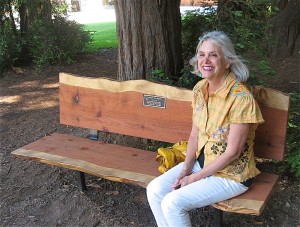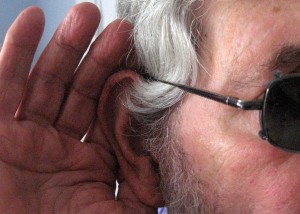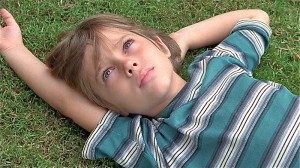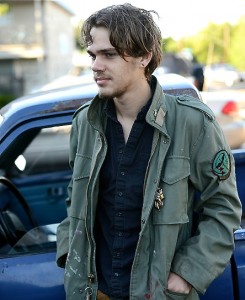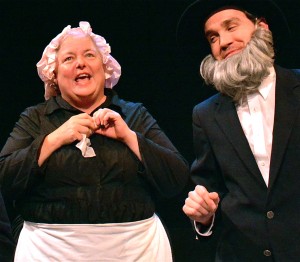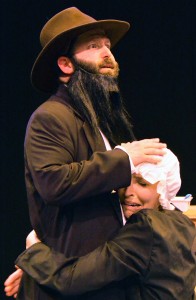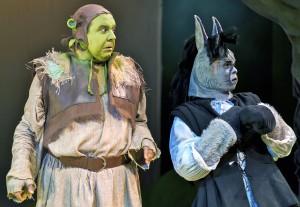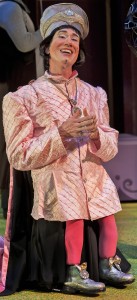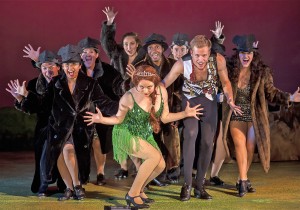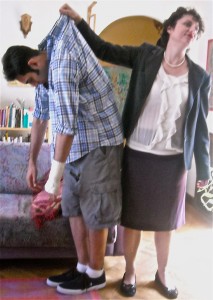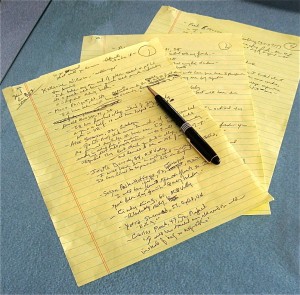
Woody Weingarten’s “chicken-scratches” — otherwise known as notes — for today’s column. Courtesy photo.
Fifty-six years ago I asked my first man-in-the-street question for a weekly newspaper.
I don’t recollect what it was, but it was shallow.
After all, I was a wet-behind-the-ears 21-year-old know-it-all who knew next to nothing. So it was appropriate that neither the query nor answers published in the Bronx Press-Review stirred any emotions.
The feature drew an unadulterated response:
Diddly-squat. Bupkis. Zilch.
Several weeks ago, hoping I’ve learned a speck or two in the interim, I decided to repeat the exercise. I expected, naturally, that my much deeper person-in-the-street probing would elicit vastly more profound responses from strolling passersby.
I was right.
Back in the day, I was forced to discard close to two-thirds of the replies I’d extracted.
They were unfathomable. Vacuous.
Or gibberish.
This time around, on picturesque San Anselmo Avenue rather than the hustle-bustle of a New York City street, I needed to trash only a few reactions (and then because they mirrored others).
My question prompted self-awareness, sensitivity and vulnerability: “Pretend I’m handing you a magic card. With it you get to do over any one thing in your life — not re-live, but do differently. What would your revision be?”
Most folks came up with their answers speedily.
But one guy went so far inside himself for such an elongated time I feared I’d have to summon either a shrink or a crew of paramedics.
Was there one predominant response?
Nope.
But the most prevalent had to do with education and academics.
The thought-provoking winner from that grouping, in my estimation, was what San Anselmo’s Katherine Willman, who categorized herself as “middle-aged,” conjured up.
Without hesitation, she said he’d have taken her “son out of public school and put him into a private school — because private schools promote individuality and independent thinking better.”
Spencer Hinsdale, 47, another San Anselmo resident, would have “chosen to study Spanish because I spent more years studying French than the number of French speakers I’ve met in this country. Meanwhile, everyone’s speaking Spanish.”
His choice made me ponder my own.
In retrospect, Latin and German didn’t quite turn out to be as valuable on a daily basis as I’d thought they might.
Erika Mott, 15, of Kentfield, wished she’d “have studied harder for my finals freshman year because it dropped down my Grade Point Average.”
Ronald Brozzo, 71, also of San Anselmo, said he’d “have finished college instead of going for only a year and a half. It would have helped me a lot later in life.”
And Josette Dvorak, a 48-year-old Mill Valley woman, mused that she’d “have spent a college semester abroad, at Oxford, so I could have experienced life in England.”
Others who were questioned provided a wide gamut:
• Amy Castagna, 58, Novato: “I would have gone home to Pennsylvania for my grandmother’s funeral. It’s my one big regrets in my life.”
• Alex Swanson, 32, Larkspur: “I’d have started investing in index funds, purchased my first rental property earlier, and learned to live on 50 percent of my income — so I could have been financially independent.”
• Yuko Fukami, 54, Berkeley: “I wouldn’t have become an architect but would have done something else — maybe become an artist.”
• Carlos Mock, 43, San Rafael: “I would have traveled more, all around the world, instead of being so responsible.”
• Mona Philpott, 63, San Anselmo: “I’d have taken my music lessons more seriously. My parents wanted me to, but I fought the practice.”
• Lynne Ashdown, 75, Novato: “I would have had one more child. I have two sons and I’d have liked to have a daughter.”
Several respondents declared they’d change nothing — folks like 61-year-old Cindy King of Mill Valley, visiting 57-year-old Yatra Sherwood from the United Kingdom and 35-year-old Mila Kronick of San Anselmo, who asserted “I’ve liked everything I’ve done.”
But my favorite answer came from Heather Richer, a 38-year-old San Anselmo resident — because of its levity. “I wish I’d have brought my Bed Bath & Beyond coupon with me to the store.”
When I posed the Big Question to myself, I thought that instead of becoming an editor and writer, I might have tried life as a cartoonist or actor.
The downside, of course, would be that this column, The Roving I, wouldn’t exist.
Hmmm…


